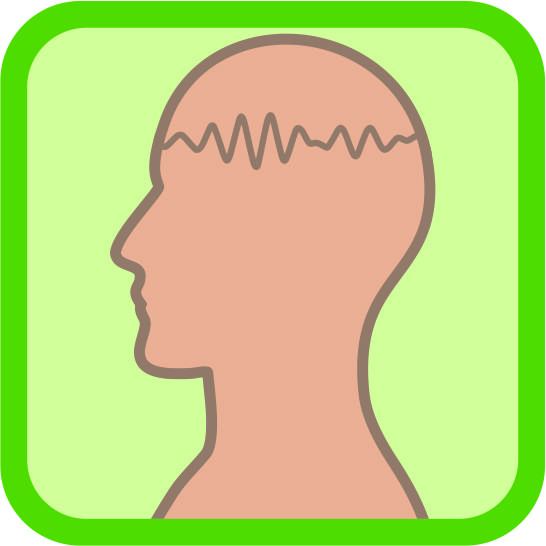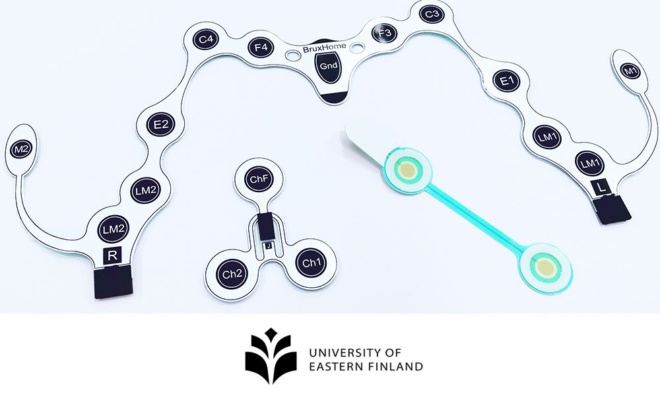
Electroencephalography
Electroencephalography (or EEG) sensors are used to record electrical signals from the head area of the subject. The signals are recorded by placing electrodes on certain areas of the head. The goal of an EEG measurement can differ greatly between applications. Sometimes it is used to measure a subject’s response to stimulation, such as pain, or a button press. Other times it is used to monitor patients in intensive care and patients under anaesthesia or is used in sleep research.
When it comes to electrodes for EEG measurements there are two main varieties, dry and wet electrodes. Screentec specialises in the latter. Wet electrodes are electrodes that are already coated by hydrogel when you take them out of the packaging. In both wet and dry electrodes, hydrogel works as an interface between the skin and the conductive ends of the electrode, this is done to get a better-quality signal, sooner.
The benefit of using wet electrodes is that they are easy and quick to set up, with minimal instructions even an untrained person can use them. This has great benefits in fields such as sleep research, as sleep research is traditionally a laborious, time consuming and expensive undertaking.
CASE: Bruxhome
The University of Eastern Finland is renowned for its work in the field of sleep research, together with Screentec they set out to design a new electrode for sleep research. The aim was to design an electrode which could help them gather data on people suffering from bruxism.
Bruxism, the grinding of one’s teeth is something that affects about 30% of people during the night. While not a life-threatening disorder, it does cause a lot of quality of life issues, teeth degrade much faster than normal, it can cause headaches, pain in the jaw muscles and can keep your partner awake at night.
Despite being very common, there is very little data available on bruxism, because sleep research tends to be very expensive, among other issues. Traditionally, a patient or subject would go to a sleep clinic, where they spend the night. They are observed by a doctor or nurse the whole time they are there. To add to this, the patient sleeps in a different bed than they normally would and is covered in EEG wires which take time to set up properly.
To solve this problem, the University of Eastern Finland came up with the idea of using disposable electrodes for their research. By making an easy to use electrode that can be used by people at home (hence the name, BruxHome), they were able to cut the costs of research by a factor of 50! This means that even a research team with a smaller budget can gather a significant amount of data and hopefully bring us closer to a solution for bruxism.
Read more about the research project:
More about the University of Eastern Finland.
